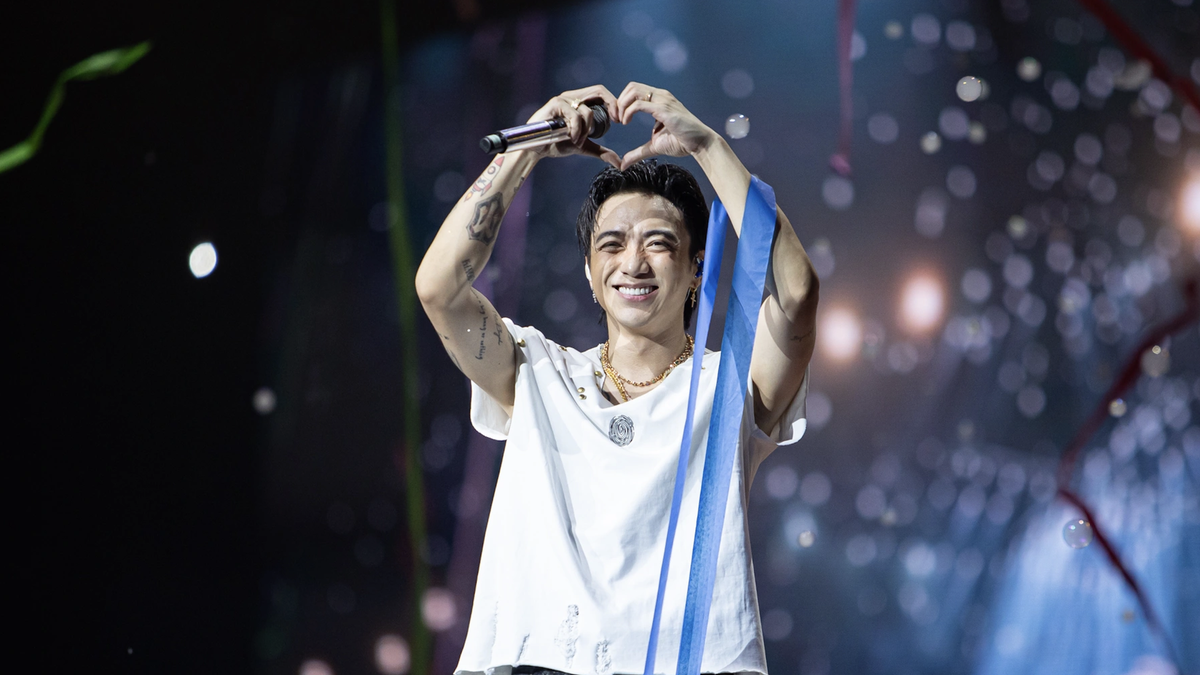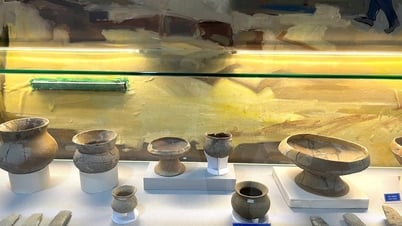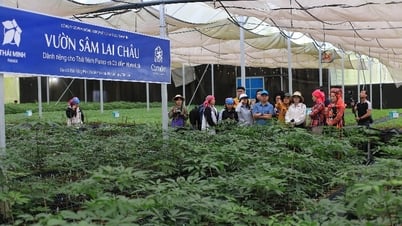The Welwitschia mirabilis is a tree that can live for thousands of years and is specially designed to survive in the harshest of drought conditions.

The Cypress tree has an octopus-like shape. Photo: Petr Kosina
The Cyclamen is a dwarf shrub (usually less than a meter tall) and is considered one of the ugliest plants in the world . It has only two leaves, a stem base, a taproot, and a cone-shaped reproductive organ. Despite its seemingly simple structure, the Cyclamen is notable for its two large leaves that extend throughout the plant's life. Its woody stem grows larger with age, forming a cone-shaped disk up to a meter in diameter. From there, small branches sprout, bearing cones containing pollen and seeds, according to ZME Science .
Endemic to the Namib Desert in South Africa, the Cyclamen can withstand harsh arid conditions in areas with an average rainfall of 100 mm/year and even years without a drop of rain. Individual trees can survive for centuries. Carbon-14 dating has shown that some specimens are over 1,000 years old. The oldest surviving Cyclamen is about 2,000 years old. Hence the nickname "living fossil".
The Welwitsch welwitsch plant is named after the Austrian botanist Friedrich Welwitsch. Welwitsch first described the plant in 1859. It took a while for researchers to figure it out. According to the most recent classification system, the Welwitschiaceae is the only member of the family Welwitschiaceae.
In 2021, researchers sequenced the Cyclamen genome. They found evidence of whole-genome duplication before recombination. That means the Cyclamen was under intense stress at several points in time, including a dry period 86 million years ago, when dinosaurs still roamed the planet. This is a testament to the plant’s resilience.
The secret to the Cyclamen’s survival lies in its strange pair of leaves. The largest intact leaf is 179 cm wide, and the longest specimen is 6 m, of which 3.15 m is still living tissue. Sometimes in photos, the base of the plant appears to have more than two leaves, but this is because the leaves are torn and twisted. Long exposure to the sun and rain has caused the leaves to split into many pieces, resulting in the plant’s octopus-like appearance.
By covering the ground around it with its thick, broad leaves, the Cyclamen can keep the ground cooler and wetter, allowing it to survive extreme temperatures. Since it lives in a dry environment, the tree absorbs water in the form of dew. The leaves can absorb moisture from the dew. The stomata under the leaves open in foggy conditions and close in hot weather. This adaptation allows the tree to retain water in the heat of the day. In addition, the rigid, immobile leaf blades are arranged to store water efficiently.
Combined with the leaves to keep the tree moist is the taproot that grows long to find underground water. The dense network of roots near the ground extends within a diameter of 30 m. With a minimalist structure and unaffected by the desert climate, the Cyclamen seems immortal. However, researchers have recently discovered a fungus that infects the shoots and seeds, reducing the viability of the seeds. In addition, it is also threatened by passing vehicles, poaching, grazing animals such as zebras, rhinos and livestock. Cyclamen is protected in national parks and public reserves in Namibia and Angola. Today, the population is abundant and thriving.
An Khang (According to ZME Science )
Source link





![[Photo] Vice President Vo Thi Anh Xuan, French President Emmanuel Macron and his wife visit Hanoi University of Science and Technology](https://vphoto.vietnam.vn/thumb/1200x675/vietnam/resource/IMAGE/2025/5/27/267b6f2bdf3e46439f081b49f6ec26b1)
![[Photo] Hungarian President begins official visit to Vietnam](https://vphoto.vietnam.vn/thumb/1200x675/vietnam/resource/IMAGE/2025/5/27/ab75a654c6934572a4f1a566ac63ce82)























































































Comment (0)